Let's talk about Jalapeno peppers, the important spice quotient that lits up the food instantaneously. Now, let's shed some light on America's famous chili pepper, which has been used in its cuisine for centuries.
In this post, you learn much more about the spicy chili pepper, other than the renowned recipes. This is a small guide to provide you with the information for all your questions about jalapeno peppers.
Jalapenos are easily accessible and affordable ways to increase the spice level in a recipe. Irrespective of the season, they are available fresh throughout the year in grocery stores and markets.
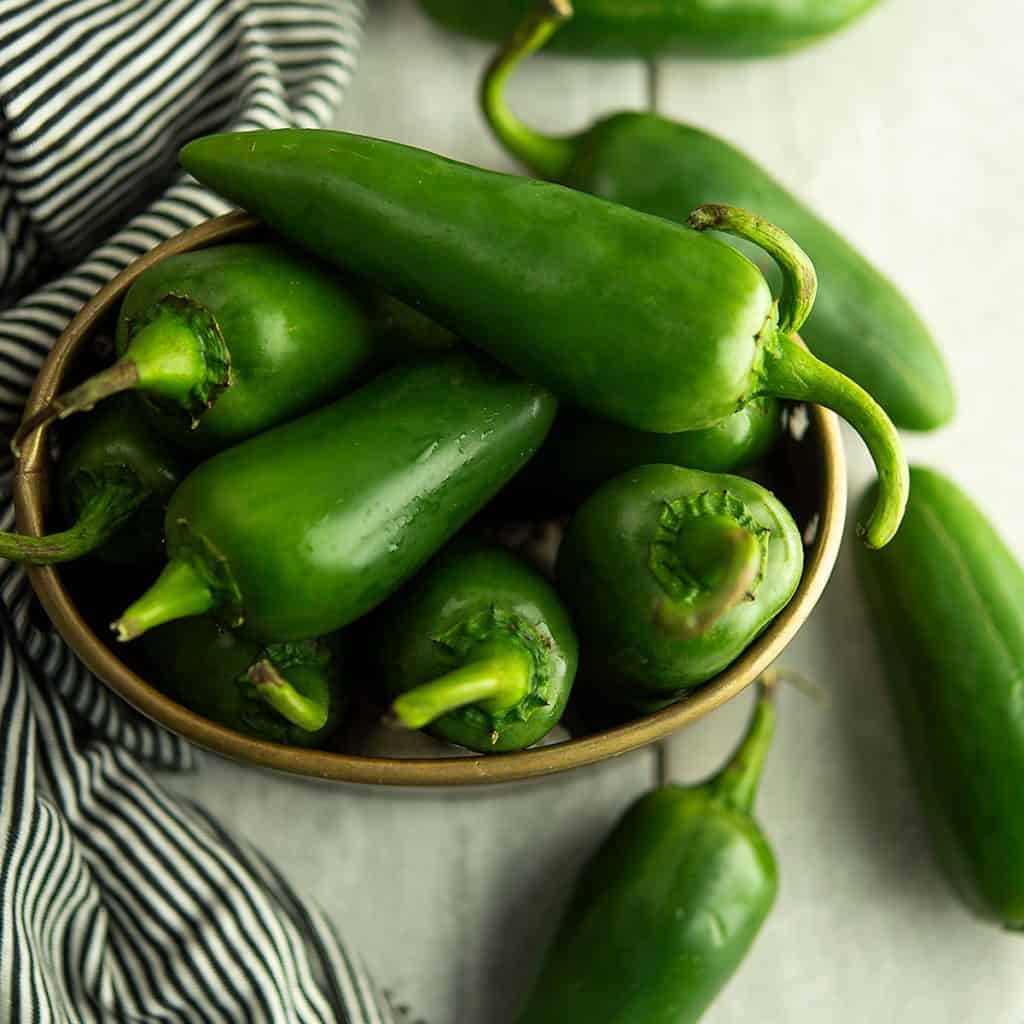
These usually are about 4-6 inches long, plump, and gracious green in color with a shiny surface. This chili pepper has thick flesh and ribs that run from top to bottom and hold the fiery seeds.
These are hot and spicy. Healthline says jalapenos are an excellent source of Vitamin A and B6 and rich in antioxidants.
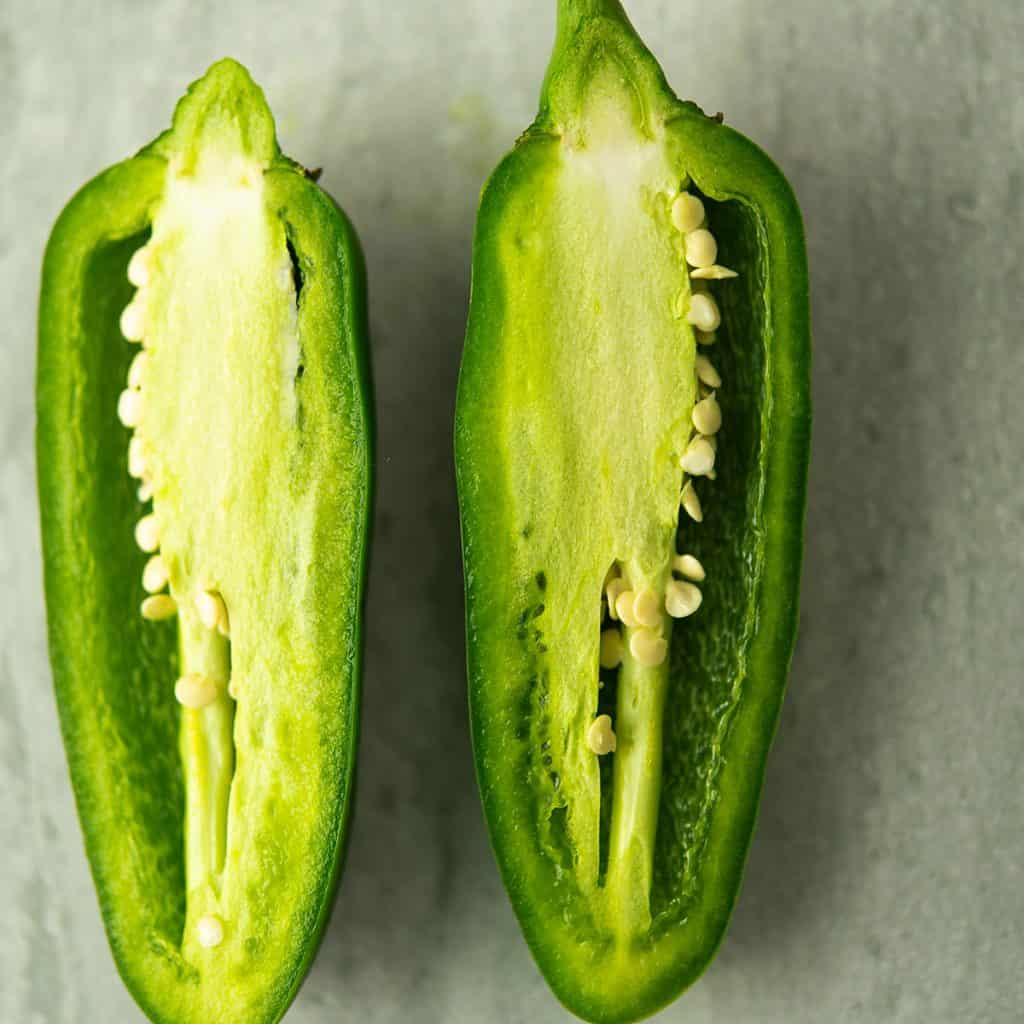
How hot are jalapeno peppers?
Using the Scoville scale to understand jalapeno's heat, let's discuss the heat level. What is the Scoville scale? It estimates the spice level, which is measured in SHU units. Each type of pepper has its own SHU units.
For the comparison, bell peppers have no-mild heat measuring on the Scoville scale as 0-500 SHU. Poblano peppers are measured at 1000-1500 SHU units, whereas the Habanero measures at 100,000–350,000 SHU units.
Jalapeno pepper is reported to be 3000 SHU-7000 SHU on the Scoville scale.
Now you can guess where the jalapeno stands regarding the heat level. Yes, it’s spicier than green bell peppers and milder than the Habanero peppers.
To sum up, jalapeno is considered a mild pepper variety in the broad spectrum of peppers.
Furthermore, not all jalapenos are equally spicy. The spiciness of the pepper depends on various factors, like climatic conditions, soil PH level, sunlight, and much more. Hence, some products may be hot, while they may sometimes find them toned down.
However, determining whether it is mild or too hot depends on your tolerance. For instance, some people may eat them raw as snacks, and others who have not been exposed to spicy food may find them fiery hot.
The Scoville scale helps you understand where your heat sensitivity is.
So, how do we determine the heat?
As we discussed earlier, the seeds and ribs make the pepper hot. The pepper holds most of its seeds on the top portion, so the head is more spicy than the tail side. You may test it by tasting a small portion from the bottom side.
Alternatively, remove the ribs and the seeds. Add them to the recipe and test for the heat level. Later, add in more seeds or the rib if you want to increase the heat.
Do jalapeno peppers get hotter when they turn red?
Like bell peppers, these turn different colors as they age. Their heat also becomes concentrated as they mature. The young ones have smooth, shiny skin, even a deep green color, and are less spicy.
They do turn hot and concentrated but transform into mildly sweeter. The red jalapeno is the pepper's fruity stage. Do you know that dried red jalapenos are called Chipotle peppers?
What do peppers look like jalapeno?
Serrano peppers and Fresno peppers are look-alikes. These grow about 2-4 inches in size and slightly bend in the tail portion.
The baby jalapeno and the mature serrano look the same, but the serrano has thin flesh and is more spicy.
On the other hand, Fresno's shape, color, and size are more similar to those of the jalapeno. Both are often confused, but Fresno turns hotter when it matures.
Are serrano peppers hotter than jalapenos?
Yes, they do. Serrano peppers measure 10,000 to 23,000 SHU units in the Scoville scale. But both vary in taste and texture. Jalapeno peppers are used as poppers, pickles, and other condiments.
Serrano is used in curries and chilies for more evenly distributed heat.
What can you substitute for jalapeno peppers?
There is no exact substitute available. However, in its absence, you may substitute with serrano peppers by removing some seeds to equate the heat. But these vary in texture.
How to cut jalapeno peppers?
We have talked so much about the heat factors. But how do we slice them without hurting ourselves? Well, it is not as tough a task as you think.
Before picking up the knife, put on gloves to protect your hands. Chili peppers contain chili oil, which creates a burning sensation when it comes in contact with the bare skin.
Avoid touching the face, eyes, and nose with the hands after chopping, as the face is more sensitive than the hands and palms.
Slice. Firstly, slice the pepper into halves.
Scoop. Using a spoon, remove the seeds along with the veins.
Chop. Then, cut them into the desired shape.
Or you may slice straightaway into discs for intense heat.
How to relieve burn from jalapeno peppers?
Also, simply to call as jalapeno hands. First of all, preventing is better than treating. As a precaution, wear gloves, which solves most of the problems.
If you feel the skin burning, apply olive or coconut oil and rub until the pain diminishes.
Or dish soap to dilute the chili oil in the skin and wash thoroughly with water. These will not give instantaneous relief but will make you comfortable.
How to store jalapeno peppers?
You may leave it on the kitchen counter for a couple of days. Or refrigerate them to use for up to 10 days. Because of its thick skin, it refrigerates well for a long time. Or freeze to use for up to 6 months.
Always use an airtight container for better results. Ziplock bags are advisable when freezing, as they may not occupy much space.
You may leave them as a whole without cooking for refrigerating and freezing. They stay well in there. For thawing, refrigerate them overnight.
How to preserve jalapeno peppers?
If you want to preserve the pepper longer, consider the following.
Roasting. You may make roasted jalapeno using the oven, grill, or stove-top method.
Pickling. You may preserve them as pickles. Tossing them as a topping for pizza, salad, or sauces is delicious. They also taste fabulous when served as a final burger and sandwich topping. Also, try this Jalapeno pickled egg recipe.
Canning. Canning is a reliable method but needs some expert skill level and a proper method for processing.
Drying. Easiest of all, excellent results are achieved when proper attention is given.
How to cook jalapeno peppers?
There are zillions of recipes available exclusively to make use of jalapeno peppers. The most popular recipes are jalapeno poppers, stuffed peppers, salsa, hot sauce, and more.
This pepper has the perfect spice level for everyday cooking. It is an excellent ingredient to incorporate with any recipe, but sauteed jalapeno would be the best when you are planning to serve jalapeno peppers as a side dish.
Add them as chopped or sliced for the extra kick in any recipe for green pepper.
Depending on your spice level, remove the seeds for the right amount of heat your family is happy with.
As the dips. Jalapeno spinach dip, Creamy jalapeno corn, Cranberry jalapeno dip, Jalapeno artichoke dip, Jalapeno sour cream dip, Cilantro Jalapeno hummus.
As poppers. Jalapeno poppers without cream cheese, Peanut butter stuffed jalapenos,
As sauces. Jalapeno vinaigrette, Pineapple jalapeno sauce, Jalapeno cheese sauce, Jalapeno ranch, Jalapeno avocado sauce, Jalapeno cilantro sauce
As salsa. Roasted jalapeno salsa, Homemade Jalapeno salsa
As a spread. Jalapeno cream cheese,
As condiments. Jalapeno Aioli, Jalapeno Mustard, Jalapeno pesto recipe, Cranberry jalapeno relish, Jalapeno pineapple jam,
As appetizers. Jalapeno pinwheel recipe, Jalapeno nachos
As the drinks. Jalapeno Simple syrup, Jalapeno Lemonade, Jalapeno mojito
As snacks. Jalapeno popcorn,
In the salad. Jalapeno tuna salad
For the holidays. Jalapeno peanut brittle,
Cuisines. Chinese jalapeno chicken,


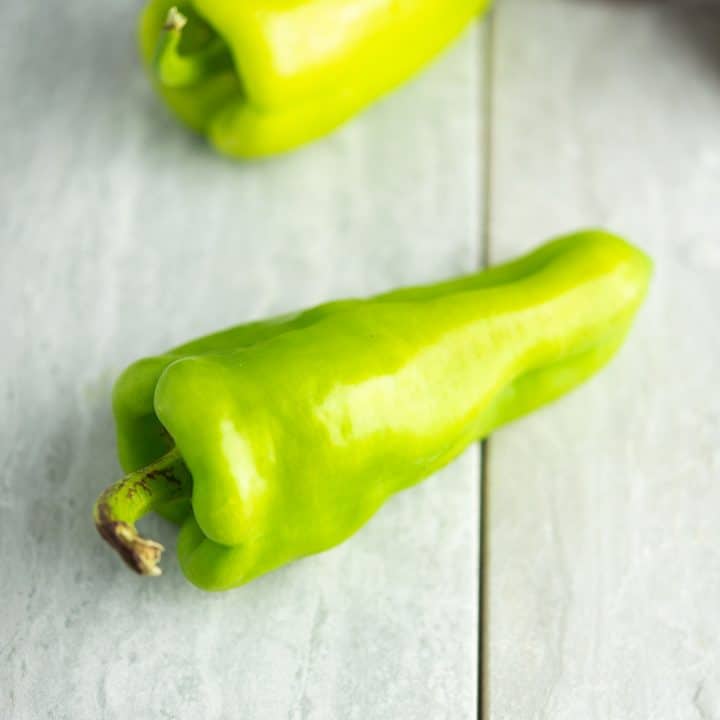
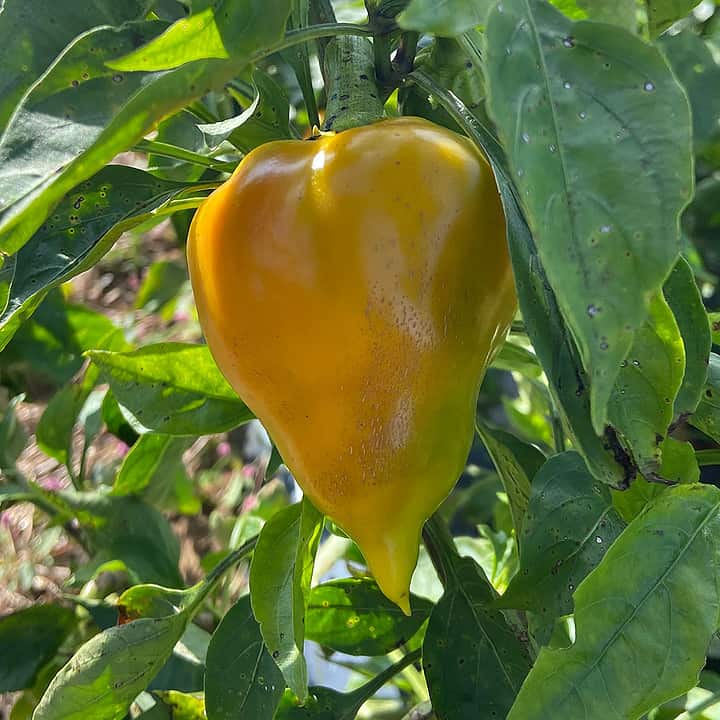
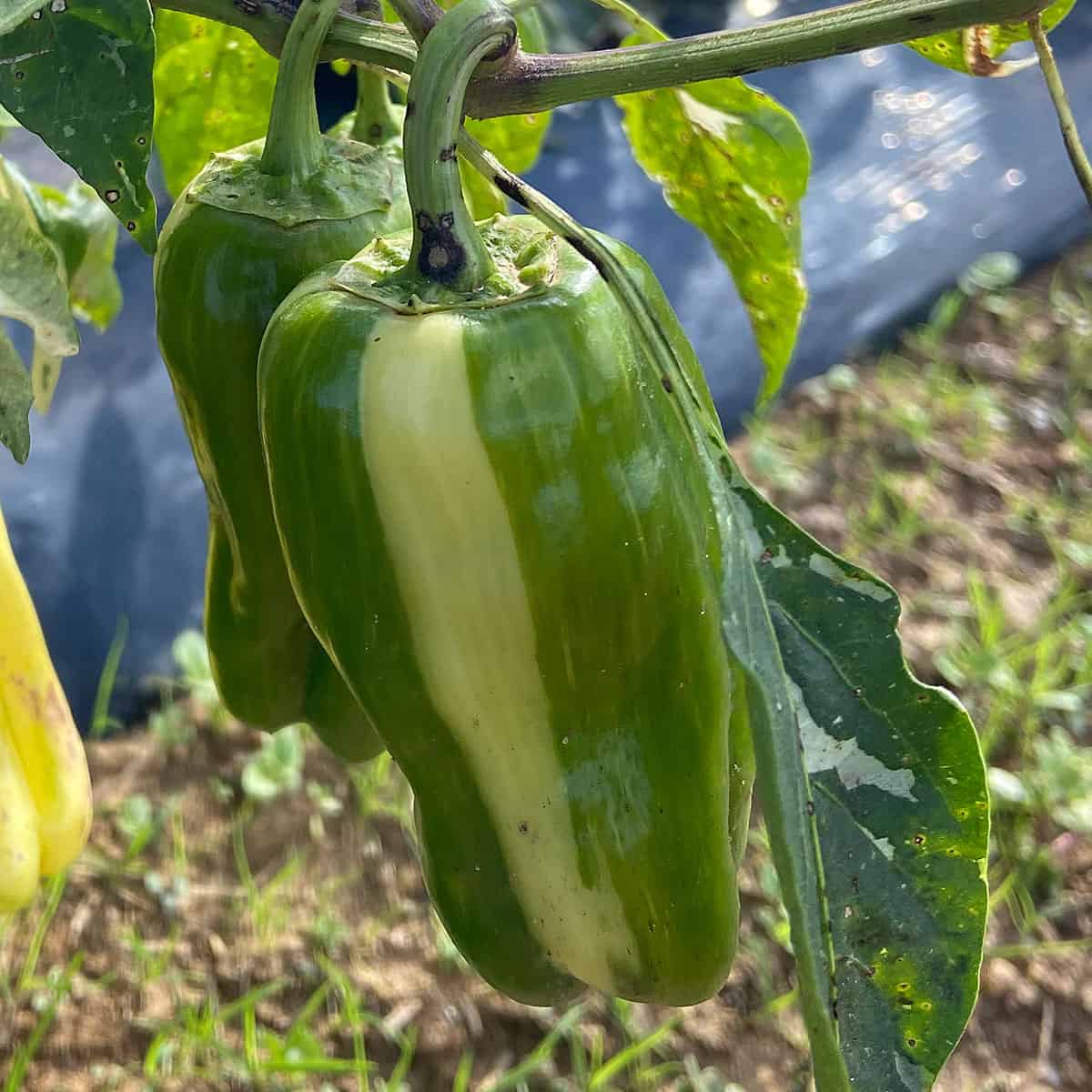
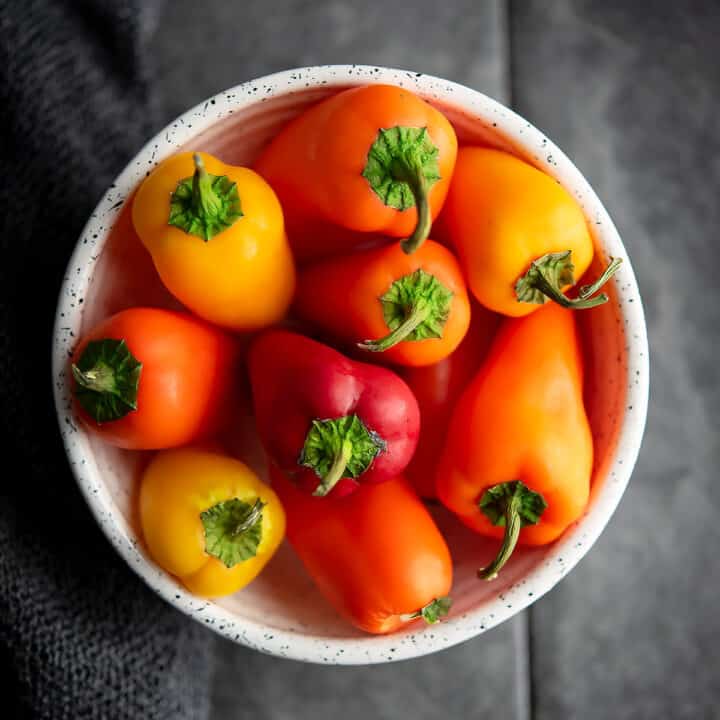
Leave a Reply